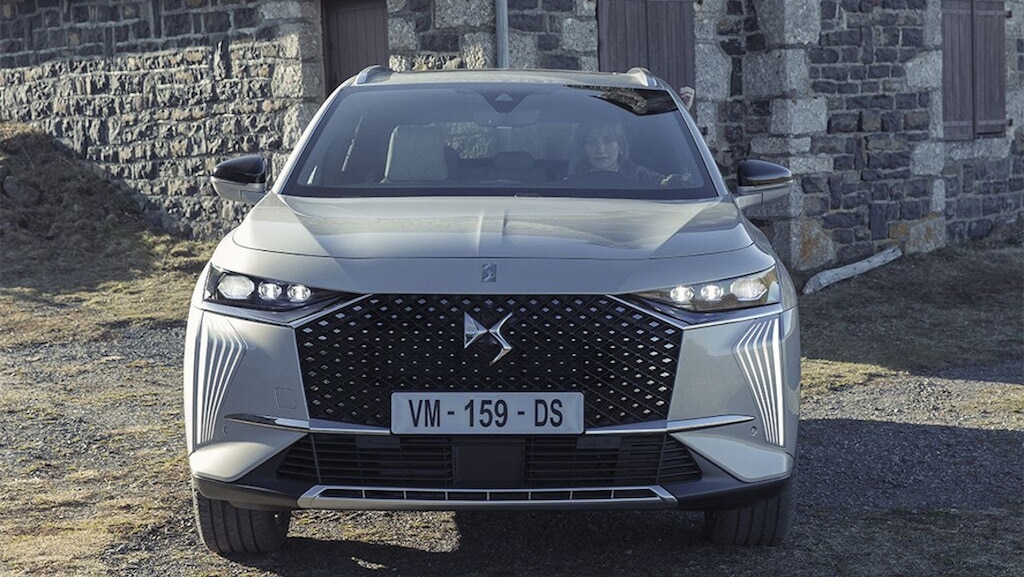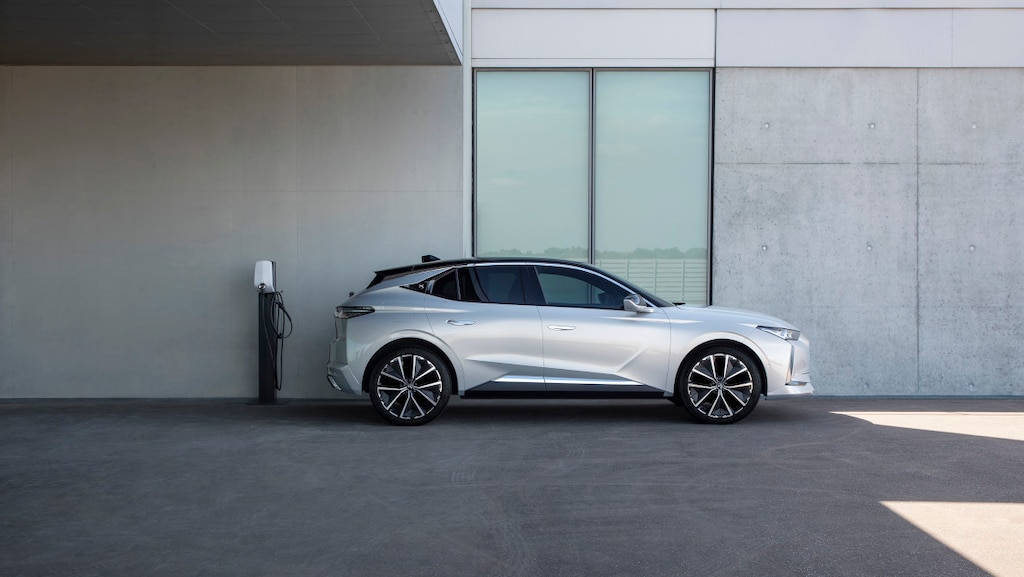
PLUG-IN HYBRID VS SELF-CHARGING HYBRID
With the government ending sales of new petrol and diesel cars by 2035 to achieve its net-zero goal, you may be looking at a hybrid car to cut down on your emissions. Hybrid cars are partially electrified vehicles that have the benefit of a petrol or diesel engine to rely on if they lose electric charge.
This means they’re cleaner than normal petrol or diesel cars, yet with more range than a 100% electric vehicle. But, which type of hybrid car is better for you – plug-in (PHEV) or self-charging (HEV)?
Compare plug-in hybrid vs self-charging hybrid to find the perfect balance for your driving needs.
What’s the difference between plug-in and self-charging hybrids?
With the government ending sales of new petrol and diesel cars by 2030 to achieve its net-zero goal, you may be looking at a hybrid car to cut down on your emissions. Hybrid cars are partially electrified vehicles that have the benefit of a petrol or diesel engine to rely on if they lose electric charge.
This means they’re cleaner than normal petrol or diesel cars, yet with more range than a 100% electric vehicle. But, which type of hybrid car is better for you – plug-in (PHEV) or self-charging (HEV)? We explore the key differences and benefits below.
Plug-In Hybrid
There are many benefits of a plug-in hybrid, especially if you’re looking for an efficient, low-emission car, but not sure if you can take the leap to a fully electric vehicle.
- Plug-in hybrids are ideal for those looking for more range out of their battery while still offering petrol or diesel to fall back on should you require a longer journey.
- They offer lower running costs, with the larger battery providing more miles on electric power, saving on fuel. For example, the New DS 7 E-TENSE 225 has a 100% electric range of 35-43 miles (WLTP¹ cycle).
- To further optimise cost savings you can also take advantage of a reduced off-peak electricity tariff whilst charging at home overnight.
But, what about charging your vehicle outside of the home? Plug-in hybrids, like self-charging models, use regenerative braking to recoup energy, so you can still benefit from improvements in fuel consumption even when your battery has no power. However, charging points are becoming widely available, with over 38,000 points in the UK, and new charge points being added, it’s easier than ever to charge a PHEV.


Tax and Government Grants for Plug-in Hybrids
There are many tax and financial benefits for plug-in cars, too. For businesses, you can enjoy reduced Benefit in Kind tax for company car drivers when choosing a plug-in hybrid. You can also get up to £350 off workplace charging points from The Office for Zero Emission Vehicles (OZEV).
Even as a personal customer you can take advantage of financial incentives. Road tax is calculated on the cost, emissions, and year of registration of your car. So, a PHEV is likely to cost £0 for the first year and then £155 each year after (plus £355 for 5 years if list price is above £40,000). In addition, OZEV offer up to £350 towards a home charger if you own or rent a flat (subject to eligibility).
Self-Charging Hybrid
So, what even is a self-charging hybrid? This in essence is a marketing term used for full hybrid cars, otherwise known as hybrids or HEVs. As previously mentioned, self-charging hybrids are similar to plug-in hybrids, except you don’t charge the battery by plugging the car into a charging source. Instead, the battery is charged every time you brake via regenerative braking. So, if you don’t have off-street parking or a charging point at work, a self-charging hybrid could be a good option.
However, it’s important to note that as self-charging hybrids have a much smaller battery compared to plug-ins, meaning that they can run on electric-only mode at just low speeds and have a very limited range (typically just 1 – 2 miles). Most of the time the diesel or petrol engine and electric battery work hand in hand, assisting the main engine to increase performance.
But, if you are using the car for urban driving, or mainly driving at slow speeds, this makes the vehicle a viable option. HEVs are particularly efficient for around town, as they will recoup energy with stop-and-start driving. Whilst, self-charging may not be as efficient as plug-in hybrids, they still return better fuel economy than a non-hybrid, alongside lower emissions.
On paper, plug-in hybrids are more efficient than a self-charging hybrid, the bigger battery means a PHEV can cover more miles in 100% electric mode. However, this isn’t a disadvantage if you’re primarily using the car for city driving.
Whilst both types of hybrids are extremely efficient for urban driving, if you find the idea of manually charging inconvenient, you may be suited to a regular HEV.
But, if you want the option to go on longer journeys emission-free, or you have a longer commute, PHEVs could be an excellent choice.
At DS Automobiles we offer a range of plug-in hybrid vehicles that provide greater performance and lower emissions. We believe our E-TENSE plug-in hybrid powertrains deliver a dynamic driving experience whilst also allowing drivers to use their cars in electric mode for the majority of their journeys. What’s more, most customers choose to install a home charging unit, and find plugging in at home to be the quickest and most convenient option.
If you would like to know more about plug-in hybrids, why not check out our DS 4 E-TENSE, New DS 7 E-TENSE or DS 9 E-TENSE? Ready to order a DS plug-in hybrid today? Personalise your finance offer through DS Online Store.


Legal Information
¹ The fuel consumption or electric range achieved, and CO2 produced, in real world conditions will depend upon a number of factors including, but not limited to: the accessories fitted (pre and post registration); the starting charge of the battery (PHEV only); variations in weather; driving styles and vehicle load. The plug-in hybrid range requires mains electricity for charging. The WLTP (Worldwide Harmonised Light Vehicles Test Procedure) is used to measure fuel consumption, electric range and CO2 figures. Figures shown are for comparison purposes and should only be compared to the fuel consumption, electric range and CO2 values of other cars tested to the same technical standard. The figures displayed for the plug-in hybrid range were obtained using a combination of battery power and fuel. Information correct at time of going to print. More details on WLTP can be found here.